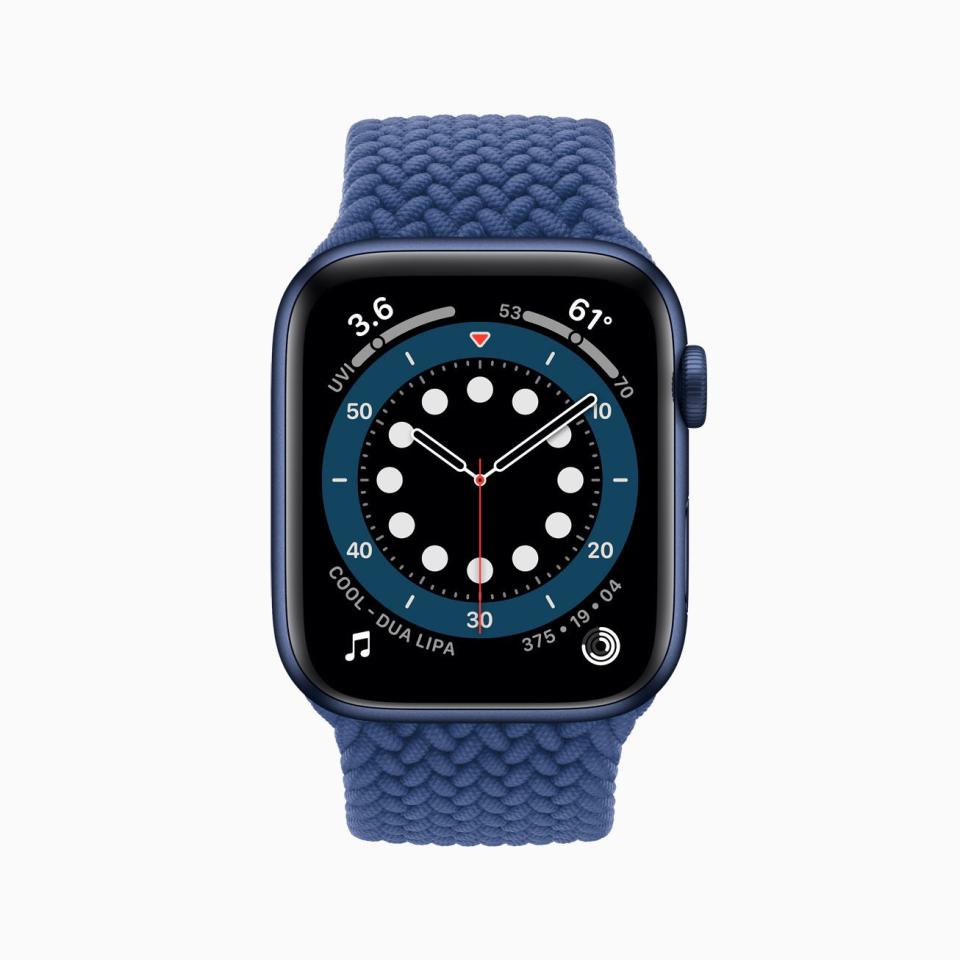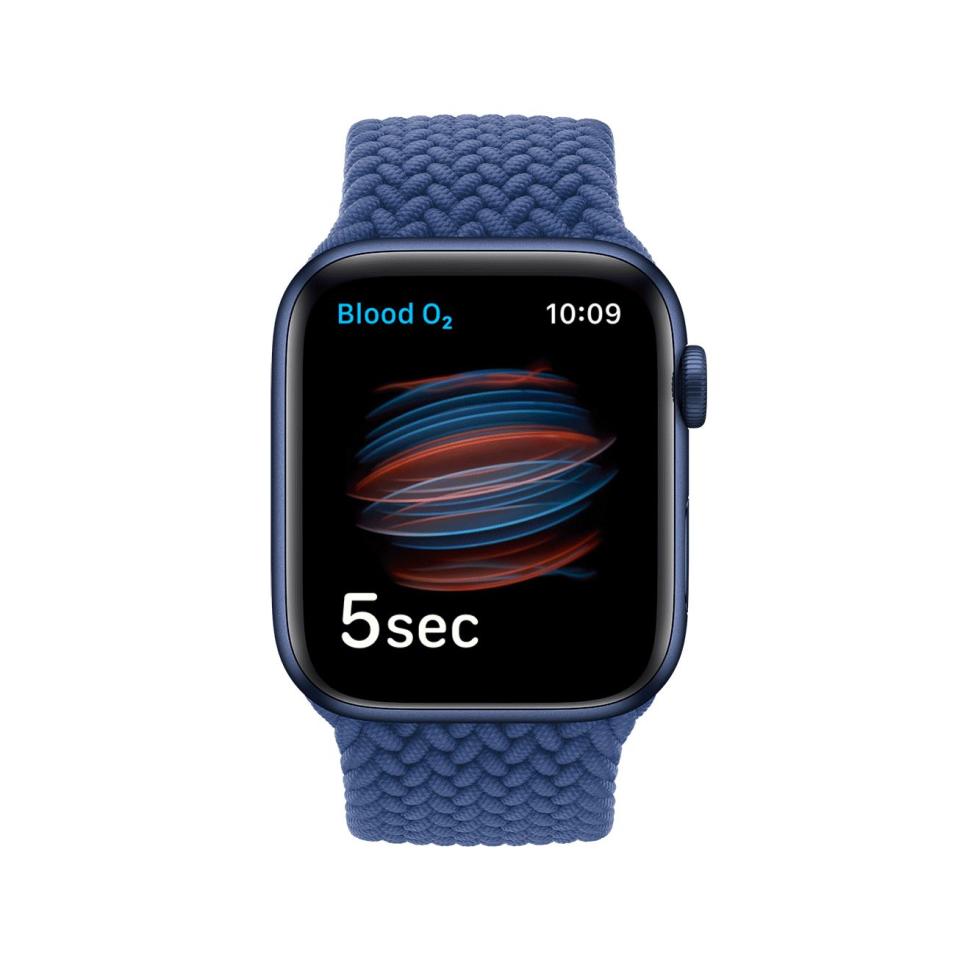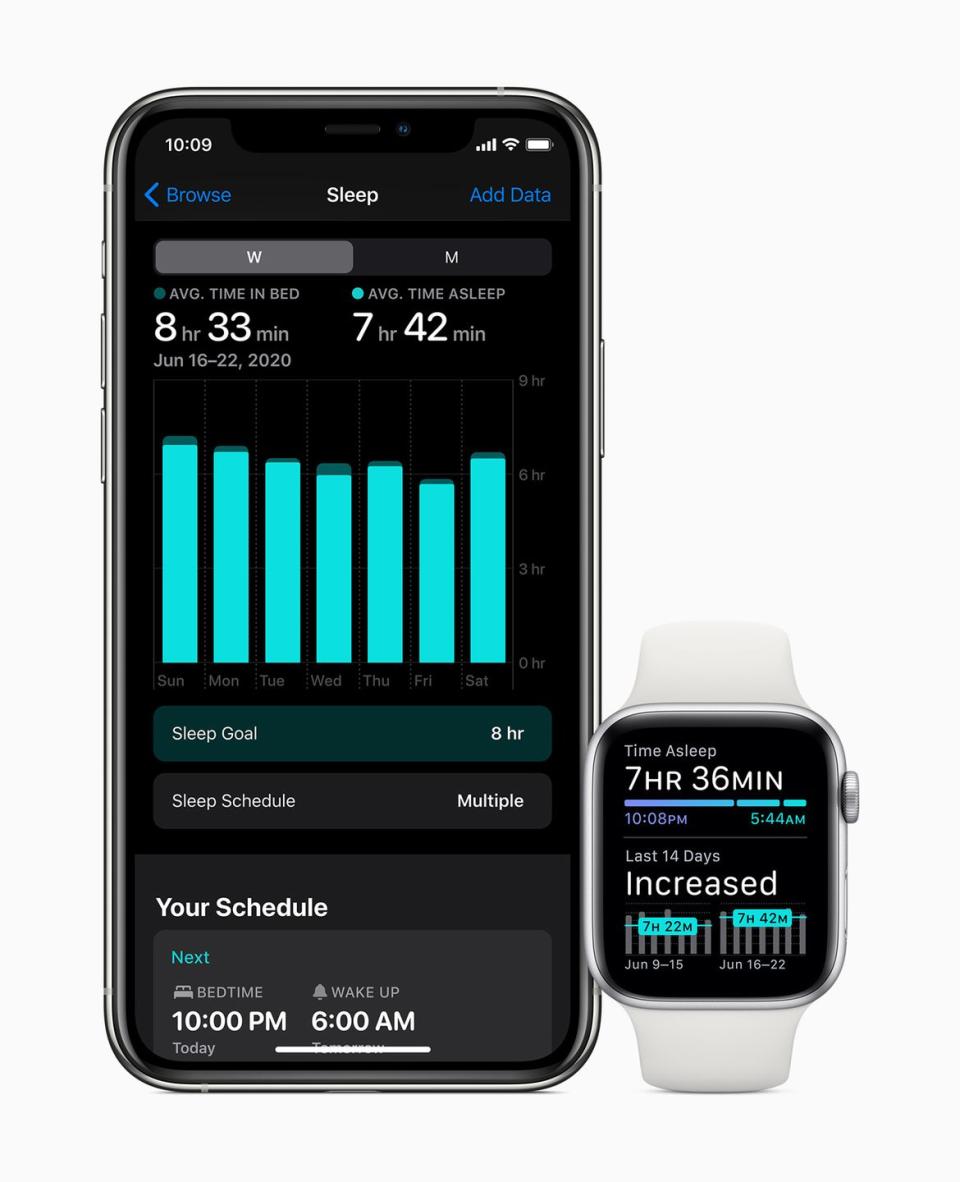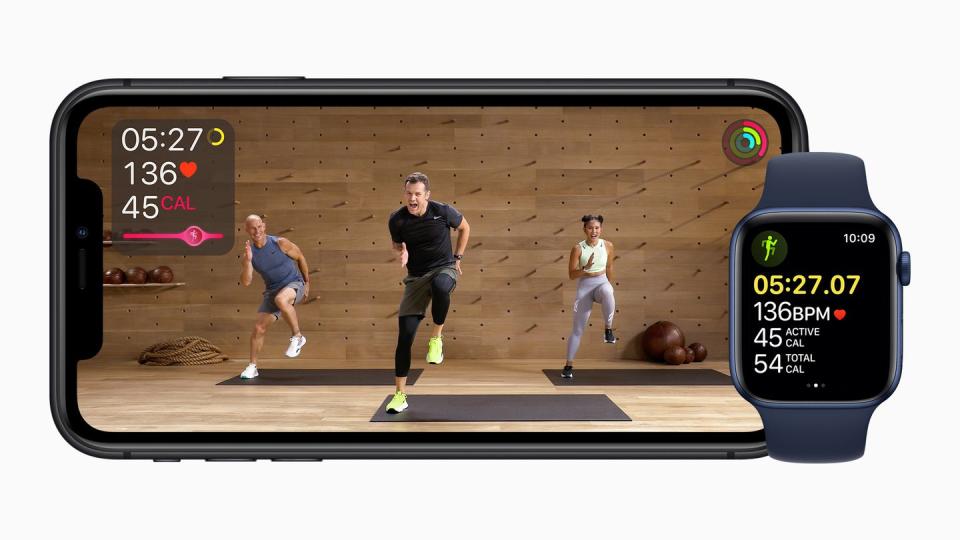The Apple Watch Remains the Best Wearable You Can Get
The Apple Watch Series 6 is a device of the moment. The conditions of 2020—chief among them the unprecedented pandemic—have given even the most apathetic person reason enough to place an added focus on their health and physical well-being. The latest in Apple's smartwatch line provides the tools to help wearers begin to understand their bodies and how they function better than ever before. That the Series 6 looks great and is easy and fun to use is just an added bonus.
I gave the Series 6 an extended trial over a few weeks to get a feel for the device and to see just how much it differed from those that came before it. The new model should be familiar for anyone who has worn any of its predecessors, with the same design and basic functionality as the last two iterations. That familiarity is ultimately a strength—Apple beats out competitors in the smartwatch space in North America by a 7:1 margin, according to market research by Canalys just ahead of the Series 6 launch.
But the Watch still has to work in the ways it's meant to for it to be worth wearing, and to serve a real purpose for those wearing it. The Series 6 does, for the most part—and its ease of use makes it the best smartwatch you can get.
Small Details Make Apple Watch Series 6
The Series 6 retains the same size and shape of the Series 4 and 5, with 40mm and 44mm case options. I tested one of the new colors, a subtle blue, while Apple's long-running (PRODUCT)RED collaboration comes the the Watch as well (there's also new stainless steel options, but they'll run you a lot more cash than the standard aluminum models). The screen's display is clear and bright and controlling the device is a breeze thanks to its speedy new chip. The always-on feature introduced in last year's Series 5 is brighter too, so you can check the face at a glance, which I was surprised to actually notice throughout the days. The extra light is a small detail, but a useful one.

A new design change came to the Watch's most important accessory: the band. The new Solo Loop bands, which are made of either silicone or braided material in a range of colors, feature a new, slightly convoluted sizing system for a clasp-free fit. I switched between the two materials throughout my testing, and I loved the seamless feel of both of them. This was another small design wrinkle I never knew I needed, especially when I wore the Watch during workouts with lots of wrist flexion and extension (pushups, presses, etc.) and even during some intense basketball games. Switching back to a smartwatch band with a buckle was more noticeable than ever before. But the Solo bands are sold separately, and they're not cheap ($49 and $99). If you're looking to get the Series 6 without breaking the bank, you're going to have to pass.

The final small, noticeably useful feature I encountered in everyday wear serves the same role my scrupulous mother did when I was a kid. Handwashing, part of the watchOS 7 software in this new normal, kicks in whenever you start sudsing up thanks to the device's sensors. You can feel subtle haptic nudges as the timer runs down—and you'll be scolded (with a message onscreen) if you don't scrub for the full 20 seconds. I became much more diligent with my cleaning habits wearing the watch, and thought about how long I washed my hands even when I wasn't wearing it, too.
The Apple Watch Series 6 and Your Health
The Series 6 brings two notable features to the Apple Watch experience for your health, one through hardware, one through software. The new blood oxygen sensor on the device's rear uses red and infrared light to take oxygen saturation (a.k.a. SpO2) readings directly from your wrist. The measure is useful to understanding your overall health, and low levels can be an indication that something might be wrong.

Apple isn't the only smartwatch on the market with the feature—both Fitbit and Garmin devices boast SpO2 capabilities across multiple devices—but the Series 6 takes readings on-demand. The screen shows a gorgeous, swirling animation while you wait 15 seconds for the results. I found the process relaxing overall; taking a measurement forced a brief, concentrated relaxation session.
But unlike the Apple Watch's ECG capability, which was cleared by the FDA, the Series 6's blood oxygen app was not. There's a complicated story behind this—but the conclusion is that Apple can only market the feature for "wellness" purposes. That said, the device's guide screens throughout the process make this distinction clear, with language that both establishes the nature of the data and how wearers should depend on a doctor for any health issues.

The other notable new health feature isn't exclusive to the Series 6, but it's still big news for health buffs. The Apple Watch can now track sleep with watchOS 7, a feature that other wearables have been able to do for quite some time. The Watch has been transformed into a full-blown nighttime routine tool, with options to create routines to help you wind down before bed, reminders when you're supposed to be hitting the pillow, and more. The tracking itself, which records the time you've spent asleep and your heart rate, is not as detailed as what's available from competitors like Fitbit, which can break down your sleep into different stages.
But this is a big deal for Apple Watch owners who have otherwise depended on third-party apps to get any insight on their sleep. Likewise, the integration with iOS made it much easier for me to keep an eye on my routine on my phone, as I was reminded every night at 11:35 that it was time to hit the hay.
There's Even More to Come from the Apple Watch Series 6
Fitness tracking remains a solid experience on the Series 6, and watchOS 7 brings even more categories of workouts to the Watch—my favorites were functional fitness and core training—and newly redesigned Fitness app, which makes closing Activity rings more of a focused endeavor. Run tracking is a standout feature, with pacing data easy to check at a glance, and I had a good time tracking some bike rides, too.
But the biggest new feature for fitness on the Watch is yet to launch. The Apple Fitness+ streaming workout platform is slated to roll out later this year, and it will require an Apple Watch Series 3 or later to use (new Watch buyers will get three months free once its available). We got some first-hand details about the new endeavor from the team behind the project, but there's still no word on when the workouts will go live.

Overall, the Apple Watch is such a good smartwatch because it's so easy to use. Integration with iOS is seamless, and the apps that I actually used on the wrist—Nike Run Club, Google Maps, and first-party features like timers—actually worked without any hangups. That's not always the case with other smartwatches.
That's not to say the device is perfect, and it's not for everyone. Battery life is one area the Series 6 still lags behind competitors—Apple estimates you can get 18 hours of juice on a full charge, which pales in comparison to others that can last for days or even weeks. This is particularly frustrating for sleep tracking (you'll get a notification if the Watch is below 30 percent before bed), but at least the Series 6 charges up faster than previous models. Just make sure you keep your cord handy.
The Series 6 is also pricey for the general consumer—but this year, Apple has another new, less expensive option in the wings. The Apple Watch SE boasts many of the same features at the Series 6 (lacking only the highest-level health measures, ECG and SpO2, and the Series 6 chip) and starts at $279. I didn't test the device, but having worn the Series 5 extensively (the SE uses the same chip), I'm guessing it works extremely well, too.
Apple uses flashy design and simple performance to keep people using its products, and the Series 6 is no different. I have no doubt I'll keep coming back to the Watch this year, even if I have to charge it more often than other devices I also like wearing. If you use an iPhone, there's no better smartwatch you can get. In a year that has been anything but predictable, the Series 6 was a welcome continuation of the norm.
You Might Also Like

